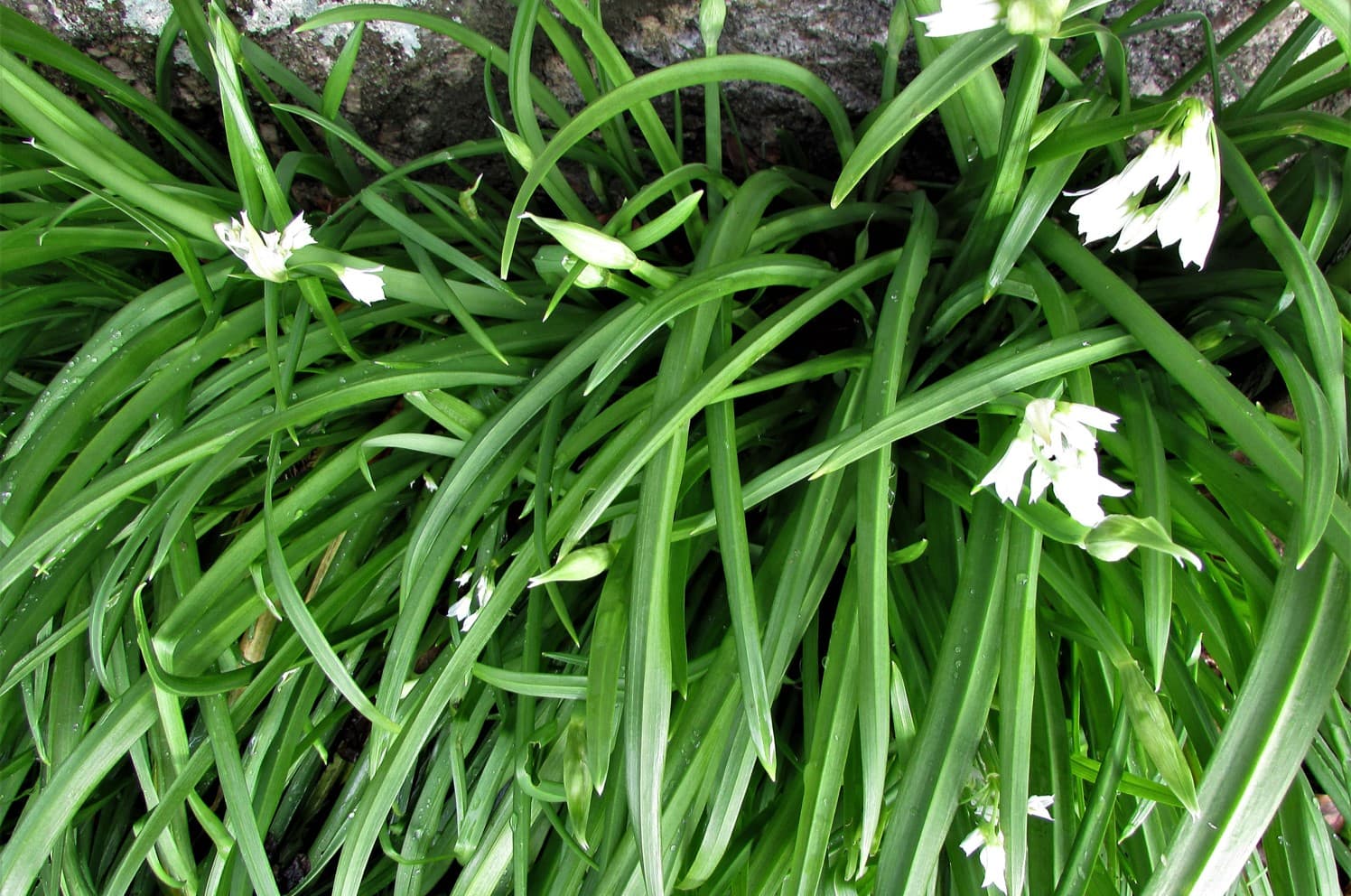
Three-cornered leek, also known as Allium triquetrum, is a fascinating plant with a unique triangular stem. Found mainly in the Mediterranean region, this wild garlic has made its way into gardens and kitchens worldwide. But what makes it so special? Its mild garlic flavor and versatility in cooking have earned it a spot in many recipes. Plus, it’s not just tasty; it’s also packed with nutrients. Whether you’re a gardening enthusiast or a culinary explorer, learning about this plant can add a new dimension to your knowledge. Ready to dive into some intriguing facts about three-cornered leek? Let’s get started!
Key Takeaways:
- Three-Cornered Leek, also known as Allium triquetrum, is a unique plant with triangular stems, edible leaves, and a garlic scent. It can be used in cooking and has medicinal properties, but it can also be invasive if not managed properly.
- If you want to grow Three-Cornered Leek in your garden, make sure to provide well-drained soil, be cautious of its invasive nature, and enjoy its culinary and medicinal benefits.
What is Three-Cornered Leek?
Three-Cornered Leek, also known as Allium triquetrum, is a wild plant native to the Mediterranean region. It has become popular in various parts of the world due to its culinary and medicinal uses. Let's dive into some fascinating facts about this unique plant.
Unique Characteristics of Three-Cornered Leek
This plant stands out due to its distinct features. Here are some interesting aspects that make it unique:
- Triangular Stems: The plant gets its name from its triangular-shaped stems, which are quite unusual in the plant kingdom.
- White Flowers: It produces clusters of delicate white flowers that bloom in spring, adding a touch of beauty to gardens.
- Garlic Scent: When crushed, the leaves emit a strong garlic-like smell, making it easy to identify.
- Height: Typically, it grows to a height of 30-50 cm, making it a medium-sized plant suitable for various garden settings.
Culinary Uses of Three-Cornered Leek
Three-Cornered Leek is not just a pretty plant; it’s also a culinary delight. Here’s how it can be used in the kitchen:
- Edible Leaves: The leaves can be used in salads, soups, and stews, adding a mild garlic flavor.
- Flower Garnish: The flowers are edible and can be used as a garnish to add a decorative touch to dishes.
- Pesto Ingredient: It can be used as a substitute for basil in pesto, providing a unique twist to the traditional recipe.
- Herb Butter: Mixing chopped leaves with butter creates a flavorful herb butter perfect for spreading on bread or melting over vegetables.
Medicinal Properties of Three-Cornered Leek
Beyond its culinary uses, Three-Cornered Leek has several medicinal properties. Here are some health benefits:
- Antibacterial: The plant has natural antibacterial properties, which can help in fighting infections.
- Antioxidant: Rich in antioxidants, it helps in neutralizing harmful free radicals in the body.
- Digestive Aid: Consuming it can aid in digestion and alleviate gastrointestinal issues.
- Anti-inflammatory: It possesses anti-inflammatory properties, which can help reduce inflammation and pain.
Growing Three-Cornered Leek
Interested in growing this plant in your garden? Here’s what you need to know:
- Soil Preference: It prefers well-drained soil and can thrive in both sunny and partially shaded areas.
- Propagation: The plant can be easily propagated by dividing the bulbs or sowing seeds.
- Invasive Nature: Be cautious, as it can become invasive if not managed properly, spreading rapidly in favorable conditions.
Final Thoughts on Three-Cornered Leek
Three-cornered leek, also known as Allium triquetrum, is a fascinating plant with a lot to offer. Its unique triangular stems and delicate white flowers make it easy to identify. This plant isn't just pretty; it's also edible and packed with nutrients. You can use it in salads, soups, or as a garnish. However, be cautious if you're foraging, as it can be easily confused with other plants.
This plant has a long history of use in traditional medicine, too. People have used it to treat various ailments, from digestive issues to respiratory problems. Its antibacterial properties make it a natural remedy for minor infections.
So, next time you see three-cornered leek, you'll know it's more than just a weed. It's a versatile plant with many benefits, both culinary and medicinal.
Frequently Asked Questions
Was this page helpful?
Our commitment to delivering trustworthy and engaging content is at the heart of what we do. Each fact on our site is contributed by real users like you, bringing a wealth of diverse insights and information. To ensure the highest standards of accuracy and reliability, our dedicated editors meticulously review each submission. This process guarantees that the facts we share are not only fascinating but also credible. Trust in our commitment to quality and authenticity as you explore and learn with us.


